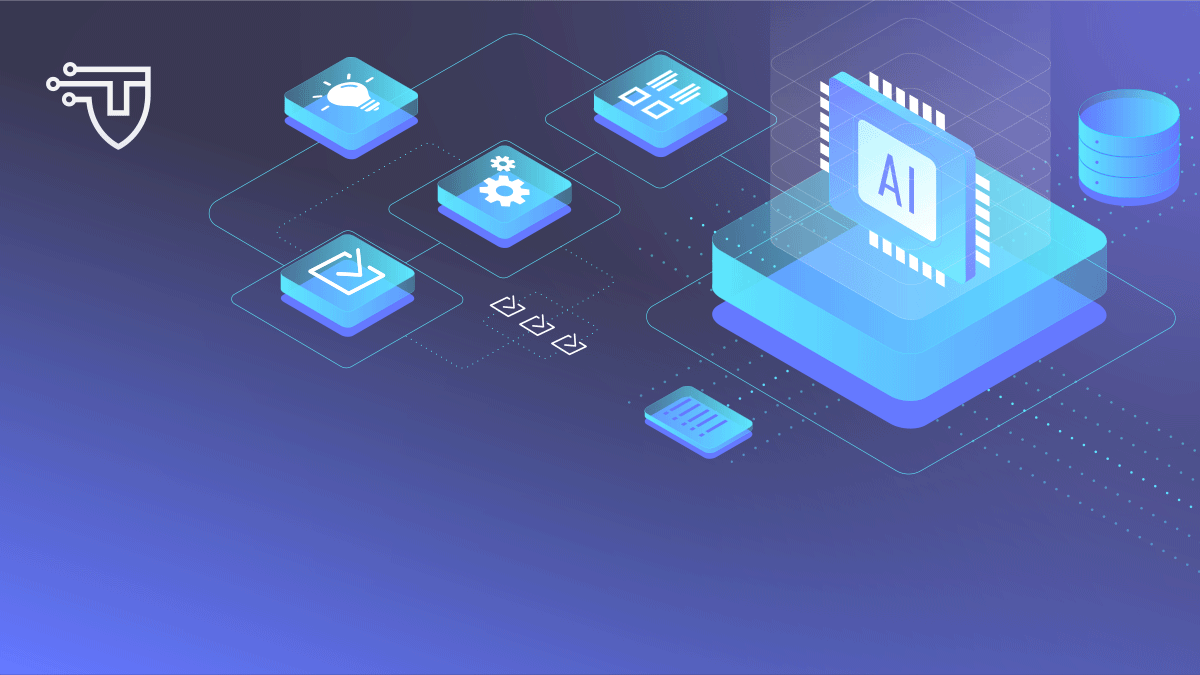As Agentic AI systems become increasingly woven into the fabric of our digital lives, the imperative for robust governance and security grows ever more urgent. Autonomous agents which are capable of making decisions, adapting to new contexts, and interacting with sensitive data, offer tremendous promise, but also introduce new risks. To realize the benefits of Agentic AI while safeguarding institutions and individuals, we must move beyond technical fixes and embrace a holistic approach to policy and governance.
Top-Level Policy Recommendations for Agentic Security
1. Embed Governance and Secure-by-Design Principles from the Start: Agentic AI systems should be developed with governance and security as foundational elements, integrated into every phase from initial model training to deployment and ongoing monitoring. This requires establishing clear institutional policies that define roles, responsibilities, and guardrails, alongside technical safeguards like robust input validation, sandboxing, and continuous vulnerability testing. Role-based access controls and comprehensive data privacy measures must be built in from day one, ensuring that security and responsible oversight are not afterthoughts but core components of the AI lifecycle.
2. Prioritize Transparency and Accountability: Agentic systems must be auditable and explainable. Institutions should require transparent reporting on system performance, decision logic, and risk management. Validating sources and ensuring distinguishable agentic identities are essential to maintaining trust.
3. Establish Human-in-the-Loop Protocols for Critical Functions: Autonomous decision-making should never override human judgment in high-stakes domains. Define thresholds where human intervention is mandatory.
4. Create Global Standards for Agentic AI Behavior: Align governance with existing norms of responsible state behavior in cyberspace. International cooperation is essential to prevent fragmentation and ensure interoperability.
5.Implement Real-Time Risk Monitoring: Develop mechanisms for continuous monitoring of agentic systems, using anomaly detection and automated alerts to flag suspicious activity before it escalates.
6. Foster a Culture of Digital Trust and Skilling: Training programs should empower users to understand both the risks and opportunities of AI, fostering a culture of digital trust and ethical responsibility.
Real-World Use Cases: SafePC Solutions and Praxis AI
To illustrate how these recommendations can be put into practice, consider the partnership between SafePC Solutions and Praxis AI. In 2024, these companies launched a groundbreaking Cybersecurity Awareness Training platform built on a Generative AI foundation, featuring a digital twin named Superhero Ali. This initiative wasn’t just about delivering training, but about redefining how institutions approach AI safety, governance, and digital trust.
Governance and Security in Action SafePC Solutions, a leading cybersecurity company, worked with Praxis AI to develop an AI middleware framework engineered to uphold the highest standards of responsible AI use, data privacy, and IP protection. Their approach included:
- Role-Based Controls: Access to AI tools and data is strictly aligned with institutional roles and responsibilities, ensuring that only authorized users can interact with sensitive systems.
- Guardrails: Principles are embedded to prevent misuse and bias in AI-driven decisions, supporting responsible innovation.
- Data Privacy Measures: Sensitive information is safeguarded to protect institutional integrity and individual rights.
Protecting Intellectual Property Praxis AI’s proprietary IP Vault secures curricula, research, and personal data by compartmentalizing content and anonymizing identities from public large language models (LLMs). This protects institutional knowledge while enabling safe innovation.
Ensuring Academic Rigor and Trusted Sources The platform prioritizes Canvas course materials, the IP Vault, and pre-vetted sources to reduce misinformation and uphold educational standards. Their middleware includes citation validation and a proprietary method to eliminate LLM hallucinations, ensuring that AI-generated content remains credible and verifiable.
Human-Centered AI for Learning Superhero Ali, the digital twin of Madinah Ali (President and CEO of SafePC Solutions), serves as a personalized guide, helping learners navigate complex modules on cybersecurity and generative AI. Praxis AI’s Large Human Model (LHM) integrates multiple language models with human attributes to reflect each instructor’s unique teaching style and personality. This enables scalable personalization, elevates instructional quality, and maintains authenticity across digital platforms.
Actionable Intelligence and Early Warning Systems The platform tracks student interactions across modules, surfaces performance patterns, and flags at-risk students based on behavior and performance. This empowers timely, targeted interventions and supports personalized learning pathways.
Conclusion: From Principles to Practice
The SafePC Solutions and Praxis AI partnership demonstrates how top-level policy recommendations for Agentic security can be translated into real-world solutions. By embedding governance and security into the very fabric of AI systems, prioritizing transparency, protecting intellectual property, and centering human values, organizations can confidently adopt Agentic AI while safeguarding their people and assets.
Agentic security is not just a technical challenge, but it’s a governance imperative. As we chart a path toward responsible, resilient, and human-centered AI systems, these principles and practices will be essential to earning trust and delivering the promise of Agentic innovation.

